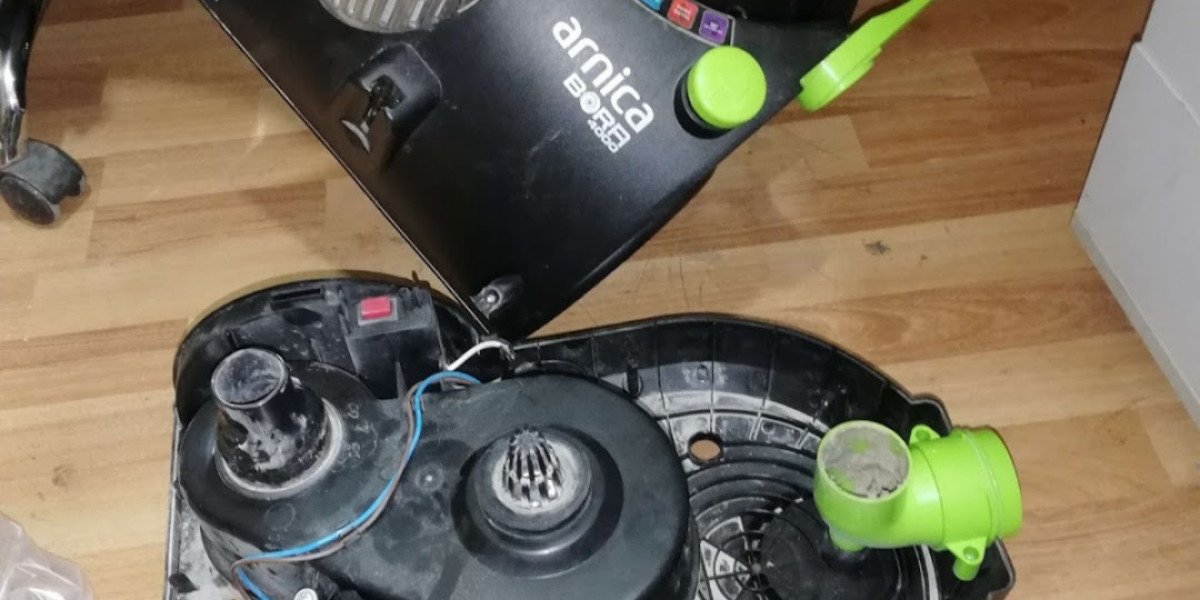Unlock Your Child's World: The Secret to Choosing the Perfect Prescription Glasses!
Vision is a vital aspect of a child's development, influencing their ability to learn, play, and engage with the world around them. As parents, we often prioritize our children's physical health, but visual health is just as critical. Many children face common vision issues, such as nearsightedness, farsightedness, or astigmatism, which can significantly impact their daily activities. Prescription glasses can be the key to unlocking a clearer view of their surroundings, allowing them to thrive academically and socially. Recognizing the signs that your child may need glasses and understanding the importance of seeking professional help is crucial for their overall well-being.
Understanding Your Child's Vision Needs
Identifying whether your child needs glasses can sometimes be challenging, especially if they are not aware of their vision issues. Look for signs such as squinting, holding books or screens too close, frequent headaches, or complaints of blurry vision. Regular eye check-ups are essential, as they can detect vision problems early on, ensuring that your child receives the appropriate intervention. During a visit to the eye doctor, a thorough examination will not only assess vision clarity but will also evaluate how well your child's eyes work together. Personal experience has shown me that a friend’s daughter, who was initially reluctant to visit an eye specialist, ended up feeling relieved after getting her first pair of glasses. She could finally see the board clearly in school, which transformed her learning experience.
Types of Prescription Glasses for Kids
When it comes to children's prescription glasses, several types are available to cater to different vision needs. Single vision lenses are the most common, suitable for correcting either nearsightedness or farsightedness. Bifocals, which have two different optical powers, might be necessary for children who require correction for both distance and near vision. On the other hand, progressive lenses offer a seamless transition between multiple vision zones, making them suitable for older children. Each type has its advantages and is designed to meet specific visual requirements. It's essential to consult with your eye care professional to determine the best option for your child. I recall a friend whose son was prescribed progressive lenses at a young age; he initially found them challenging but soon embraced them as he could see everything clearly without the need to switch glasses.
Choosing the Right Frame
Selecting the right frame for your child is just as important as the lenses themselves. Factors such as size, weight, and durability should be top of mind. Children's frames need to withstand the rigors of active play, so materials like flexible plastic or metal can be ideal. Additionally, involving your child in the selection process can help them feel more comfortable and excited about wearing glasses. Allow them to choose a frame that reflects their personality, whether it's colorful, trendy, or classic. This involvement can make a significant difference in how they perceive wearing glasses. A friend shared how her daughter was ecstatic to choose bright pink frames, which made her feel like a fashionista rather than someone who simply needed glasses.
Lens Options and Coatings
Understanding the various lens options available can greatly enhance your child's experience with glasses. Common materials include plastic and polycarbonate, with polycarbonate being more impact-resistant, making it a safer choice for active kids. Additionally, special coatings can improve functionality; for instance, anti-reflective coatings can reduce glare from screens and bright lights, while scratch-resistant coatings can prolong the life of the lenses. Discuss these options with your eye care provider to find the best combination for your child's lifestyle and needs. I once heard about a child who had trouble focusing on the computer screen during remote learning, and an anti-reflective coating made a world of difference in reducing distractions and improving his concentration.
Encouraging Kids to Wear Glasses
Helping your child adjust to wearing glasses can be a smooth process with the right approach. Start by providing positive reinforcement and praising them for wearing their glasses. Acknowledge their feelings about the change, as some children may initially feel self-conscious. To make glasses more appealing, consider turning them into a fun accessory by allowing your child to decorate their case or choose a colorful strap. Sharing stories of characters in books or movies who wear glasses can also normalize the experience. A friend's son, who was initially hesitant, found comfort in seeing his favorite superhero wear glasses, which made him proud to sport his own pair.
Empowering Your Child's Vision Journey
Choosing the right prescription glasses for your child is a vital step in ensuring their vision health and overall development. By understanding their specific needs, selecting the appropriate type of glasses, and encouraging them to embrace this new accessory, you can help pave the way for a clearer, brighter future. Remember, proactive steps in addressing vision issues can lead to significant improvements in your child's learning and quality of life. As a parent, your involvement and support in this journey are invaluable, and together you can unlock the full potential of their vision.







